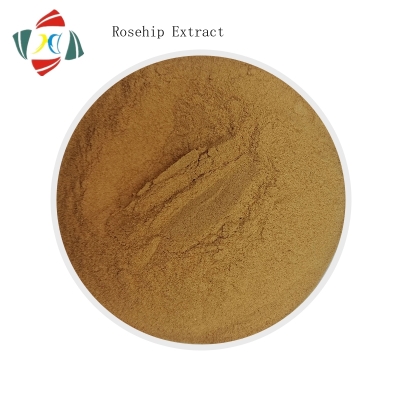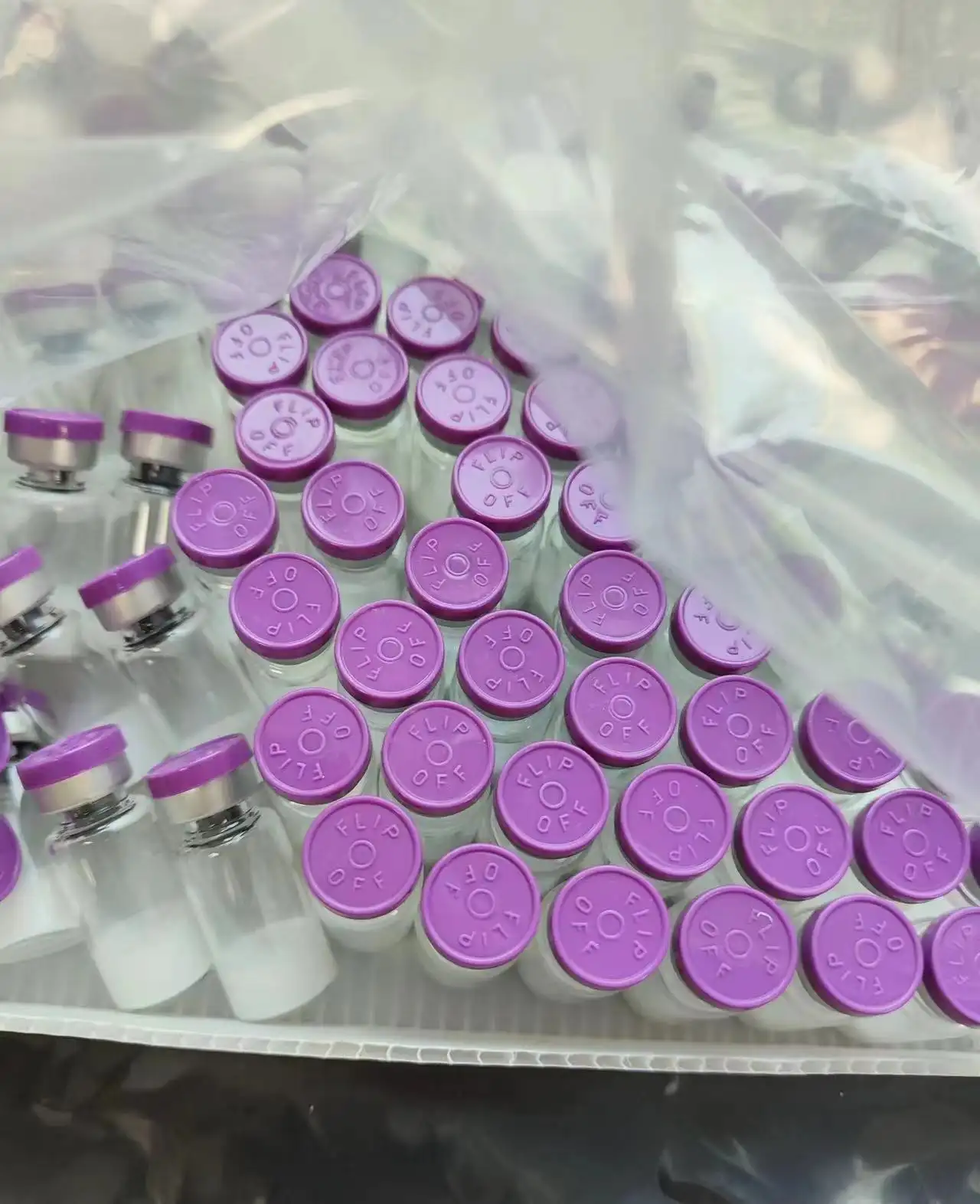-
Categories
-
Pharmaceutical Intermediates
-
Active Pharmaceutical Ingredients
-
Food Additives
- Industrial Coatings
- Agrochemicals
- Dyes and Pigments
- Surfactant
- Flavors and Fragrances
- Chemical Reagents
- Catalyst and Auxiliary
- Natural Products
- Inorganic Chemistry
-
Organic Chemistry
-
Biochemical Engineering
- Analytical Chemistry
- Cosmetic Ingredient
-
Pharmaceutical Intermediates
Promotion
ECHEMI Mall
Wholesale
Weekly Price
Exhibition
News
-
Trade Service
*For medical professionals to read for reference, it is so difficult to be a man~ A 28-year-old man has found a mass on his right scrotum.
Is it really necessary to cut off his testicles? Orz~case profile The patient discovered a right scrotal mass with pain 8 years ago.
Ultrasound revealed a moderate enlargement of the right epididymis
.
He received empirical oral antibiotic treatment for suspected epididymitis, and there was no follow-up
.
The patient has recently recurred a right scrotal mass with intermittent and pulsating scrotal pain, and can be treated with non-steroidal anti-inflammatory drugs
.
No related symptoms of infection
.
Physical examination: A mildly tender, firm lump was palpable above the right testis
.
There is nothing special about the physical examination
.
Past history: The patient has a long-term female partner
.
No history of trauma, surgery or infection
.
Auxiliary examination: screening for schistosomiasis, tuberculosis, and atypical infections were all negative
.
Ultrasound of the scrotum (US) showed that the epididymal mass on the right side was significantly enlarged and uneven, about 91mm×62mm×41mm, accompanied by coarse calcification and shadows, which caused the ipsilateral testis to move downward (Figure 1)
.
And there is 20ml hydrocele on the right side
.
The size, echo structure, and blood vessels of the two testicles were normal
.
Figure 1 (A) Transverse ultrasound image of the epididymis mass of the right scrotal mass (∧) Coarse calcification (*), resulting in displacement of the right testis (#); (B) Transverse ultrasound view of a heterogeneous and relatively avascular scrotal mass ( *); (C) the longitudinal view of the normal right testicular tissue in the displaced position, and the adjacent right hydrocele (+); (D) the longitudinal section of the normal right testicular tissue on color Doppler imaging is low The epididymis with normal blood vessels "is in catastrophe", and the testicles finally "escaped the catastrophe".
I believe that everyone thinks this is a surgical disease.
What does it have to do with rheumatism? Don't worry, and see how to deal with it? The patient underwent a right scrotum exploration and testicular resection through the groin
.
During the operation, a huge multi-nodular solid mass was found in the tail of the epididymis (Figure 2)
.
The testicles are normal and unaffected
.
The patient was discharged on the same day after the operation, and there was no recurrence 6 months after the operation
.
Figure 2 (A) The multinodular paratesticular lesions of the right normal testis (#) before resection (*) and (B) the intraoperative image with the right testis visible after orchiectomy (#) is preserved.
Now that the operation has been performed, then A biopsy must be done.
Histopathology showed a dense fibrotic matrix with scattered spindle cells and a large number of plasma cells and lymphocytes infiltration
.
Immunoperoxidase staining further confirmed the presence of plasma cells, including IgG
.
The positive staining rate of IgG4 in some areas is as high as 50%, confirming the diagnosis of IgG4-related paratesticular fibrous pseudotumor (Figure 3)
.
There is no sign of necrosis or granuloma
.
Figure 3: (A) Histopathological section of the epididymal mass on the right.
H&E staining shows tumor-like fibrosis and lymphoplasmacytic infiltration, and (B) plasma cells
.
Further immunohistochemistry confirmed the existence of (C) IgG stained cells and (D) IgG4 stained plasma cells.
What is the para-testicular fibrous pseudotumor? Seeing the pathological results, the editor was shocked.
It was actually related to IgG4 related diseases (IgG4).
-RD) Related, knowing that it can affect many organs, I didn't expect it to be so pervasive, and I would not let it go "where"~ We know that most epididymal lesions are benign, and epididymal adenomatous tumors are the most common
.
Others include epididymal fibrous pseudotumor, benign epididymal cyst, sarcoidosis, and infectious causes such as tuberculosis and epididymal abscess
.
Malignant epididymal lesions are relatively rare and can be caused by primary tumors, such as epididymal leiomyosarcoma or metastatic tumors
.
Para-testicular fibrous pseudotumor (PFP) is a benign reactive fibrosis with unknown etiology and may originate from the sheath, albuginea or epididymis
.
Approximately two-thirds of the reported cases are from the sheath, 10% are from the epididymis, and rarely are related to the tunica albuginea or spermatic cord
.
PFP is uncommon, accounting for about 6% of paratesticular tumors
.
The typical manifestations are palpable, mobile, multi-nodular, painless scrotal masses
.
Most patients have painless scrotal masses for several years, but because half of the cases are related to hydrocele, other symptoms may occur
.
Microscopic nodules are usually composed of dense fibrous tissue and fibroblasts, accompanied by inflammatory cells and varying degrees of calcification
.
Miyamoto et al.
divided PFP into three subtypes, namely, myofibroblast changes, inflammatory sclerosis changes, and plaque-like subtypes without obvious inflammation
.
Although the pathophysiology is not clear, it is believed that PFP may be related to hydrocele, trauma, or history of infection
.
What is the relationship between PFP and IgG4-RD? ▌ High IgG4 is IgG4-RD? That’s not necessarily that IgG4-RD is an immune-mediated fibroinflammatory disease that can affect almost all organs of the body and cause tumor-like lesions, tissue destruction, dysfunction, and even organ failure.
Misunderstood as cancer, infection or other immune-mediated diseases
.
The main histopathological manifestations are lymphoid and plasma cell infiltration dominated by IgG4+ plasma cells, accompanied by striated fibrosis, phlebitis obliterans and eosinophil infiltration
.
It is estimated that the incidence of IgG4-RD is about 0.
28–1.
08 per 100,000
.
Mainly middle-aged and elderly men, with a median age of onset of 58 years
.
Uchida et al.
proposed a clear diagnostic criteria for IgG4-RD, including (1) diffuse/focal enlargement of one or more organs; (2) serum IgG4 concentration increased> 135 mg/dl; (3) significant Lymphoid plasma cell infiltration with fibrosis; the ratio of lgG4/IgG plasma cells infiltrated in the tissue>40%, and IgG4+ plasma cells in each high-power field>10
.
IgG-RD can be diagnosed by satisfying the above 3 items at the same time, satisfying (1) and (3) as possible IgG-RD, and satisfying (1) and (2) as suspicious IgG-RD
.
Combined with the patient's condition, the diagnosis of IgG-RD was clear
.
However, it should be noted that the increase in serum IgG4 does not mean that it is IgG4-RD
.
Kamisawa et al.
emphasized in their review article that when serum IgG4 levels are normal, it is possible to diagnose IgG4-RD.
For example, 20% of patients with type 1 autoimmune pancreatitis have normal serum IgG4 levels
.
And serum IgG4 may also be elevated in other diseases, such as atopic dermatitis, asthma, pemphigoid, multicentric Castleman disease and some malignant tumors
.
▌ It is rare, but it does not mean that based on the large number of IgG4 positive in the diseased tissue and the increase of the IgG4/IgG ratio, Bösmüller et al.
proposed the idea of reclassifying PFP as a local manifestation of IgG4-RD
.
Para-testicular lesions in IgG4-RD are relatively rare.
When it occurs, it usually manifests as benign para-testicular lesions
.
Compared with the general IgG4-RD, the paratesticular manifestations of IgG4-RD are more common in young men with a median age of 30 years (range 19-74 years)
.
Surgical treatment based on serum IgG4 levels may help monitor disease progression and/or response to treatment
.
After starting the use of glucocorticoids, the level also showed a decrease, which may indicate a good response
.
Epididymal pseudotumor fibrous pseudotumor is mainly treated by surgery.
Tumor resection or epididymectomy is feasible.
Preoperative imaging and/or biopsy are usually determinants of surgical intervention options and scope, which are often related to the risk of malignant tumors and testicular function.
Related
.
Surgical exploration is usually to rule out malignant tumors
.
Local resection can replace radial orchiectomy because the possibility of benignity is high
.
Radical orchiectomy is usually performed when the malignancy is uncertain or the adventitia is too thin
.
Summary: Paratesticular lesions of IgG4-RD should be regarded as one of the differential diagnosis of subacute manifestations of scrotal masses, because its benign nature may involve minimally invasive surgery; compared with other organs, paratesticular involvement of IgG4-RD is less common , But it may be the initial or recurring manifestations of the disease
.
References: [1]Nicolas Adrianto Soputro,Jada Kapoor,Ioana Popa,et al.
Testicular-sparing excision for benign paratesticular IgG4-related disease[J].
BMJ Case Rep,2021,14:e243450.
doi:10.
1136/bcr- 2021-243450.
[2]Tobias-machado M, Corrêa Lopes Neto A, Heloisa Simardi L, et al.
Fibrous pseudotumor of tunica vaginalis and epididymis.
Urology 2000;56:670-2.







